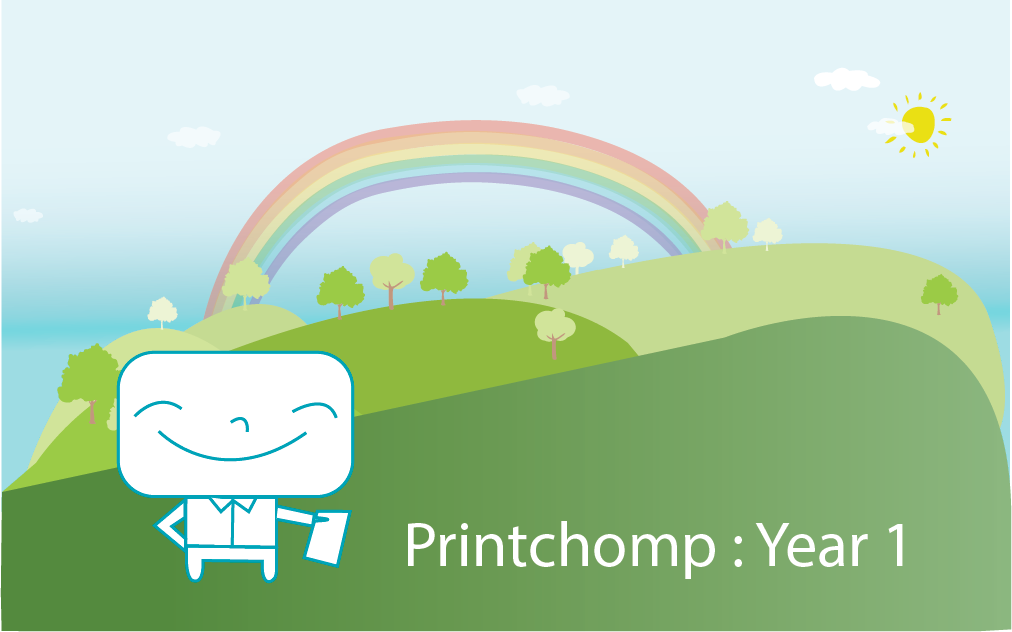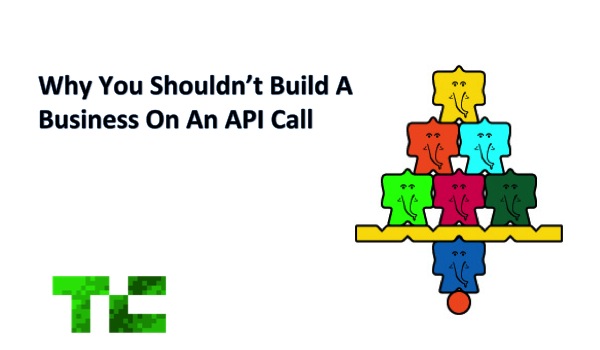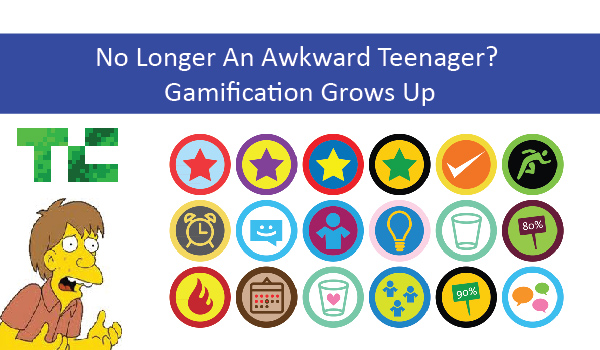Over the past week, there has been lots of news about the uncertain future of BlackBerry, the impact of it shedding jobs and speculation about the impact to the community and the tech future of Waterloo Region. I couldn’t help but reflect back on why I returned to this area. Nearly two years ago, as I sat in gridlock in Toronto struggling to pick up my daughter from day care on time, I had a revelation. I couldn’t scale a business and a family in Toronto, given that both my wife and I were busy professionals. I loved Toronto for many reasons but ultimately couldn’t reconcile spending 20 hours on the road each week instead of spending that time with family, my business or taking care of myself. Once we made the decision, we knew what we had to do. We loved our urban lifestyle, but it was time to return to our hometown to achieve a better work/life balance. I spent the first 25 years of my life living in Waterloo Region. I went to high school in Waterloo and drove past Research In Motion (now BlackBerry) when it only had one building (not a sprawling campus). Before even starting school, I was able to go to computer camp and learn from some great minds showing off the first iterations of a GUI in the early 80s. I got my first computer when I was five years old and didn’t look back. I progressed through school, and ultimately attended both University of Waterloo andWilfrid Laurier University. Upon reflection, I don’t think I realized how much this area had to offer to others and myself. The plain reality is that there is a significant talent pool and two internationally recognized universities creating high-quality engineers, programs and business grads. Historically, it has been a hotbed for technology in Canada, and that has only increased as more startups flock to the community. It has reached a point of critical mass in the past 5 years. In June of 2012, I founded my company Printchomp. One of the first decisions I made was to base my company in Waterloo Region. I did so because I saw huge opportunity in the area. When people hear the word “startup,” they automatically seem to think of Silicon Valley in California, but as much as I love the Valley, I realized the benefits of being in Waterloo Region. There is an amazing wealth of talent coming out of University of Waterloo, Wilfrid Laurier University and Conestoga College. This is a huge boon to companies looking to grow. The University of Waterloo co-op program is one of the most aggressive for placing quality...
Read MoreSo a year has passed since Printchomp came into the world. Suffice it to say it hasn’t been an uneventful year. Calling it an emotional roller coaster ride wouldn’t even properly characterize it. In order to make this startup journey possible, I had to change all facets of my life. Over a year ago, I sold my house, I began commuting an hour back to Waterloo (as I prepared to move back), and I changed everything and turned things on their head. One would think that changing their entire life in their early 30’s was a natural progression. The backdrop was quite unusual in this case. My wife was in the process of finishing an epic journey of realizing her own dream in become an anesthesiologist. This is no small feat, and took over 13 years of post-secondary education to complete. Between that and watching my daughter grow from a baby to a little girl, this year has been nothing short of busy. In many ways I had to put aside the trappings of having steady income in order to go after a dream. It was the belief that I had something more in me than just being a cog in a wheel at one organization after another. I knew the journey wouldn’t be easy. Nothing is handed to you. A year later, I have a company with 10 colleagues. I wouldn’t call them employees; they are more like companions in this epic adventure. Rather like the Lord of the Rings it has been a trek through sometimes-treacherous terrain. Although, I often catch myself admiring the beautiful scenery I know I must keep pushing forward to my goal. We now have thousands of clients on the system. When I tell people I run my own company they always say must be nice to be your own boss. The thing that many do not realize is that when you have customers you have thousands of bosses. Each one of them must be properly taken care of and addressed. The connection with the customers has been invaluable to shaping the product. Since we launched only 3 months in, there were many things that weren’t fully built out. Features were sparse, but the vision was there and that is what people kept responding to. Little by little, we began addressing each crucial piece of functionality and made it easier and easier to do seemingly simple tasks. The way that our development team has evolved the site with the number of constraints they have faced over the year is nothing short of amazing – evolving a simple flow into something far more elegant...
Read MoreI am constantly amazed by the number of startups that build applications and take a huge business risk by building their company on an API call. Countless apps, particularly social apps, have popped up through the last 24 months that have taken data from other systems and re-displayed it in their systems. While there is widespread usage of APIs (and not for a moment am I suggesting that people not use them at all), I just think that start-up founders consistently underplay the business risk. The risk is clear, if the data dries up so does your business. For all that have created apps based largely on API calls, consider what would happen if that information fire hose wasn’t there anymore. The companies who provide these APIs may not disappear, but it will definitely be a game-changer. The changes to Twitter’s API should serve as a warning sign and an important reminder. Countless third-party Twitter apps have found all their hard work rendered useless by the latest release of their 1.1 API, as the vital flow of data has come to a halt or slowed greatly. Some might blame Twitter and say how dare they shut down the fire hose to the community. I think a lot of responsibility needs to be placed on the developers who consciously build on an ecosystem they knowingly can’t control. Two examples cited directly by Michael Sippey on the Twitter blog are Tweetbot and Echofon. In the words of Sippey, “Nearly eighteen months ago, we gave developers guidance that they should not build client apps that mimic or reproduce the mainstream Twitter consumer client experience. And to reiterate what I wrote in my last post, that guidance continues to apply today.” I am not here to parse the he said she said, just to offer a warning to startups building their business on an API. If your startup could have its throat cut by a TOS (Terms of Service) change or API change, you shouldn’t just brush inherent risks to your company under the carpet. Moving beyond the risks to your company you should also consider what the true value you are providing to your users. In many cases (especially in the case of social), apps merely have a new UI on top of the information of Twitter or Facebook. On the contrary, there is something amazing to be said for companies who build into the ecosystem and allow their functionality to be seamless across a broader group of applications. The best example that comes to mind is 37 Signals universe and the way they have built and integrated into countless other useful applications. They allow vital business information to...
Read MoreWrestleMania has transformed itself from a small wrestling event to an international media spectacle. In its 28th incarnation, held at the beginning of this month, there were no signs of it stopping. The WWE did something unique last year – it announced the main event for Wrestlemania over a year in advance. The big match featured Dwayne “The Rock” Johnson, a huge cross-over star, and John Cena, the current flag bearer for the company. Recognizing the challenges of trying to keep interest for the match a year in advance, the WWE turned to social media. I wanted to some of the people driving this initiative, both on- and off-screen. Jason Hoch, SVP of Digital Operations for the WWE, discussed his social media strategies for fan engagement and social TV. Since joining the WWE, Hoch undertook a huge project to re-launch WWE.com with a totally new UX with social media at its core. Rather than just putting as Jason says “plug-ins” or social areas, they have tried to build the entire site to be socially enabled. This included deep integration so users could follow their favorite stars on multiple social networks and interact with them seamlessly. Throughout the event, WrestleMania and related hashtags dominated Twitter. As they push hard into social, Jason specifically recognizes that social media fatigue is a key element that needs to be closely monitored to determine what level of interaction is appropriate and doesn’t turn off fans in its broadcasts and other media. I also interviewed Zack Ryder, who talked about how he has elevated his career due to social media. Zack has been one of the key individuals who helped push social onto the WWE radar and elevate its corporate importance. While he isn’t the biggest star in the WWE, his usage of social has elevated his position in the company and allowed him to better engage his fans. He points to this and says if he didn’t embrace social media and make some waves he would have likely been fired. This is a good example of how employees are using social media to elevate their status within a company and make themselves more valuable employees in the eyes of their employers. So far, their engagement strategy appears to be working. The WWE feels like they are more up-to-date and engaged. In many cases, WWE wrestlers were actively retweeted, followed and engaged by fans. One stat that is very telling was the number of followers and likes they have on Facebook and Twitter. The numbers behind this are impressive. Between all of the stars’ accounts, they have over 60 million Twitter followers and 20 million Facebook...
Read MoreIt’s the eve of WrestleMania 28, and I got a chance to meet with Dwayne “The Rock” Johnson. What does that have to do with tech? Well, in the video interview, Johnson shares his thoughts on how social media has changed the game, what is his favorite tech and how he uses it to engage his fans. Johnson says he launched his Twitter account a little more than a year ago, and that it’s “one of the greatest things” he’s ever done, because it gives him a way to connect directly to fans. “A lot of people would have had a team coming in … these great business minds, but I wanted to strip away the business of it all,” he says. You can see more, including a peek at Johnson’s iPhone, in the video above. (The background noise is a little loud at first, but Johnson comes through loud and...
Read MoreOver the last year, you may have noticed that a once-niche trend not only crept into the mainstream, but is starting to really make a big splash. Gamification has become one of the hottest buzz words in the industry and is probably in the process of taking over a website or user experience near you. For the uninitiated, gamification, said simply, is the use of game design techniques and mechanics to solve problems and engage audiences. Over the last year, even large companies and enterprises are starting to get in on the game, with Gartner saying that all CIOs should have gamification on their radar, and M2 research predicting that the gamification market will reach 2.8 billion in direct spending by 2016. Okay, so it’s on the rise, we get that, but let’s take a look at some of the players that are helping to take this trend to the next level. Three companies in particular are currently creating some buzz in the space: Badgeville, Bigdoor and Bunchball. Badgeville started by making a big splash center stage at Disrupt in the fall of 2009. The company took home the Audience Choice Award at Disrupt, has since gone on a tear and is poised to have a great 2012. (Check out Rip’s original post on Badgeville’s prospects here.) Badgeville Co-founder and CEO Kris Duggan pulls no punches when it comes to one of the most visible and early adopters of gamification, the check-in king: Foursquare. The CEO says that Foursquare was early in its attempts at gamification, but that its incentivization models remain fundamentally flawed. Duggan points to the “Mayorship” system within Foursquare: “You have literally hundreds of people and only one mutually-exclusive point of recognition, the Mayor. What happens to the other hundreds of people? Not only are they not engaged, but you don’t take into consideration different types of users.” Duggan believes you need to engage not only the heavy user, but medium and light users as well. Rather than a one-size-fits-all methodology, you can appeal to each user type and incent them accordingly. From a marketer’s perspective this is a huge hole in the way Foursquare approaches gamification for brands. The ability for brands to own their engagement strategy is key for them to grow their model. A vanilla badge strategy will only allow them to go so far and without real control of the experience and rewards it won’t be a rich experience. Keith Smith, CEO of Big Door, has seen large adoption of their gamification platform. And, in particular, the CEO recognizes a big opportunity selling to marketers: “Marketers today spend more money on acquiring users than working to retain those users and providing them with a reason to...
Read More




